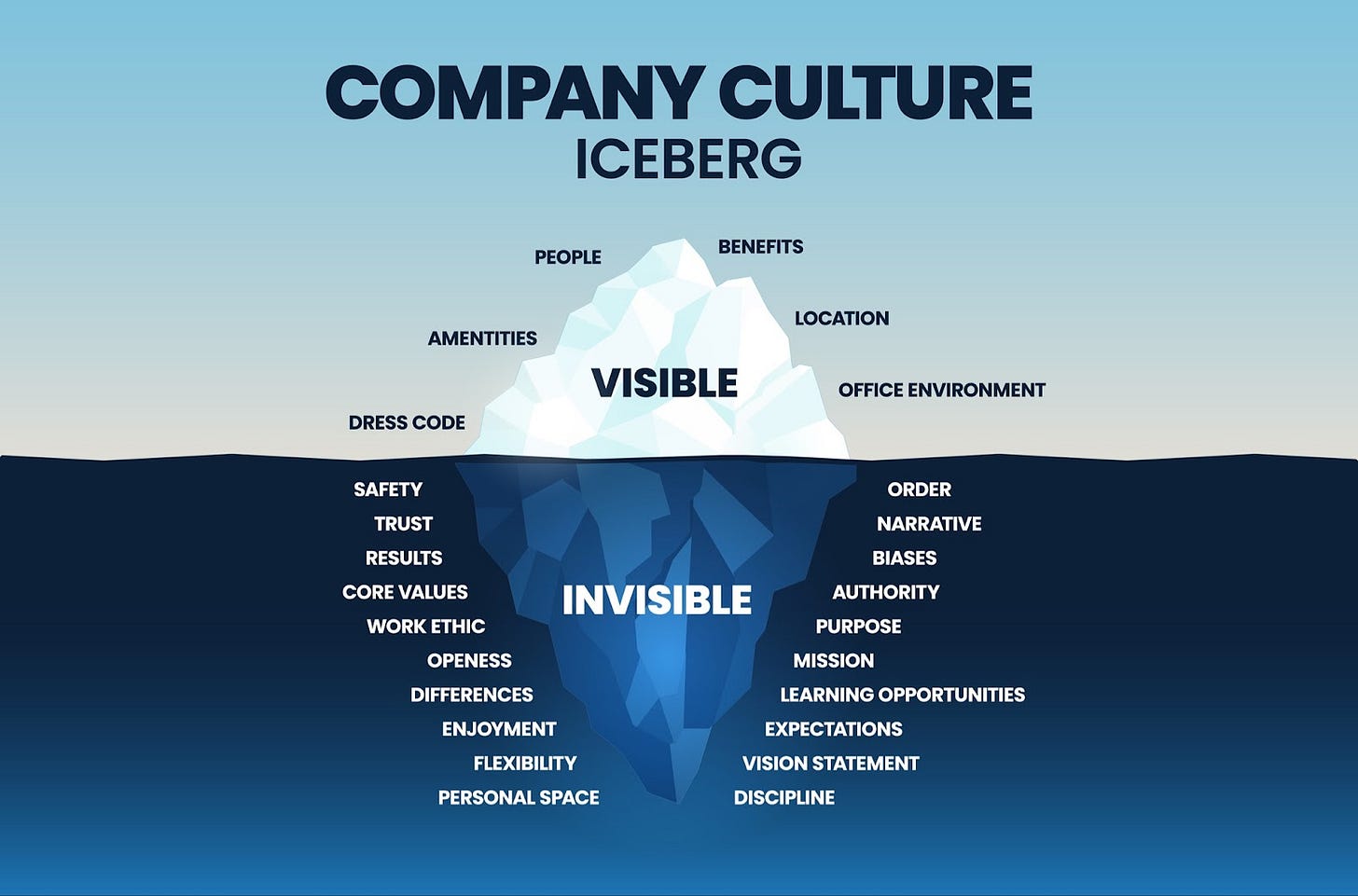January 2024: ROC Monthly Masterminds Call
Growing Your Employer Brand & Talent in Behavioral Health
Growing Your Employer Brand & Talent in Behavioral Health
Guest Writer: Heather Lipman, Hire Writing
“Above all else, people go to work to earn”, was the opening line of a post-interview thank you note I sent a few years ago.
Despite the risk of sounding brash, I was confident the statement would land favorably because the talent acquisition role for which I interviewed sat on the compensation team rather than HR. A notion, in my opinion, that is way ahead of its time.
As a life science headhunter (2015-2021), professional resume writer (2018 to present), and small-shop recruitment agency (2021 to present), I facilitate hiring from all sides of the table. Albeit doctors, pharmacists, or scientists for big pharma, or MDs, NPs, and billers for mental health treatment (SUD, ED, dual-diagnosis), I’m intimately familiar with the ‘cast’ of typical talent working in behavioral health.
View Recording:
Passcode: y1@US@mt
The following points aim to support better hiring, talent management, and resource allocation practices for the ROC community.
How to Save Money
The easiest way to contain ‘people’ costs is to ensure the satisfaction of your most valuable customer: the employee.
Pay above market-rate
Invest at the front end of the employee lifecycle to safeguard dollars, time, and culture (staff morale) in the future.
Doing so markedly expedites “times-to-fill,” mitigates revenue loss from service delays or interruptions, and reinforces brand loyalty, which inadvertently becomes a vehicle for promoting your employer brand.
Outsource everything except patient care and empower internal staff…
Empower non-front-line staff to work remotely.
Pay for teleconference, dialer, VPN, and intranet capabilities instead of expensive office space.
Enjoy favorable employee tax laws by hiring folks in specific states
Partner with nonconventional entities…
Become the subject of an industry-sponsored capstone project for relevant graduate programs.
Allow a graduating class to design your annual marketing, data analytics, or HR strategies for free.
Partner with similar entities…
Identify companies with whom you can cross-market: NAADAC organizational member directory
Identify ‘feeder sources’ for entry-level talent, interns, or field-work:
Search the NAADAC education provider directory for zip-code-appropriate programs
*An email address is returned with each result
Search ‘addiction studies near me’ on Google to return a list of relevant community colleges
*Program descriptions with Department Chair names and email addresses are returned
Utilize LinkedIn: homepage > search bar > “addiction” > PEOPLE > LOCATION > MORE FILTERS > scroll down to TITLE bar, and enter search terms: “student”, “intern”, “graduate”, “candidate.”
Reach out. Example:
“Hi John Doe, my name is Heather, I’m the community relations manager here at ABC Recovery House; we’re in-patient and support women under 40 with SUD, homelessness, and domestic violence. Some of our best employees are LA City College alumni and we have two fieldwork opportunities available for Q1 2024. Can we meet on Zoom tomorrow for 20 min and discuss?”
How to Build Your Employer Brand
Don’t. Have your constituents do it for you (head scratch), like who?
Employees - take a page from Hansei’s National Recovery Month campaign in which staff contribute meaningful, relatable, and personal stories of their connections to addiction
Engage new audiences by way of each staff person’s digital network
Normalize the prevalence of addition at the home ‘next door’
Humanize the operations of mental health care delivery
Engage freelance specialists whose offerings align with long-term recovery… why?
Single-member businesses are eager to build their ‘Who we’ve helped’ page
They voraciously drive their social media presence and if done correctly,
Rack up followers you may not otherwise cross paths with
Career: resume writers
Fitness: yoga or pilates instructors
Nutrition: addiction-focused RDNs
How To Attract & Retain ‘New’ Talent
Who works for treatment centers?
Usually, folks from one of two camps: those in recovery and/or those close to (or hoping to support) a loved one in recovery. The inherent risk, however, of operating as a majority of this talent segment is obvious: relapse is unpredictable, devastating, and likely.
Diversify your human capital by exploring new territories…
Nonprofit - for your therapists, technicians, and even biz dev!
Collection agencies - for your A/R, billing, or denial/claims analyst roles
Pop-up healthcare clinics - for your operations, HR, or QA and QC positions
Private health insurance companies - for your contracting, credentialing, or provider relations needs
Be You and Be Proud
Don’t be afraid to promote your USP e.g. faith-based, harm-reduction, or medication-resistant mental health care
Define your brand, craft a respective growth strategy, and pursue the right people
Jim Collins, author of Good to Great asserts the importance of getting the right people on the bus before driving to your destination.
So ‘show your cards’ - those who can read them will come forth or into your range of sight.






